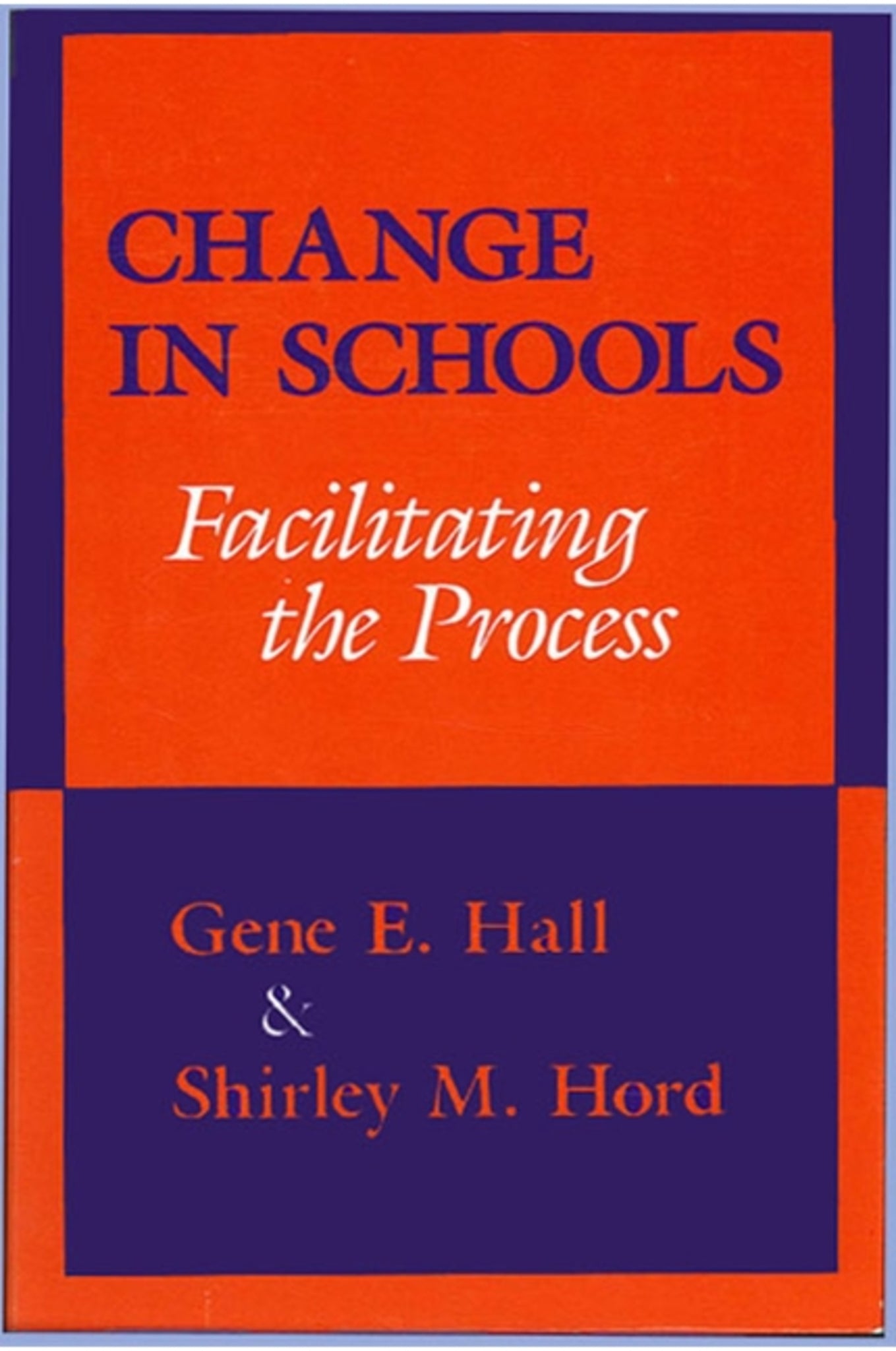We're sorry. An error has occurred
Please cancel or retry.
Change in Schools

Some error occured while loading the Quick View. Please close the Quick View and try reloading the page.
Couldn't load pickup availability
- Format:
-
06 March 1987

This book summarizes nearly fifteen years of research in schools-research geared toward understanding and describing the change process as experienced by its participants. It addresses the question: "What can educators and educational administrators don on a day-to-day basis to become more effective in facilitating beneficial change?" The book provides research-based tools, techniques, and approaches that can help change facilitators to attain this goal.
The authors contend that, in order to be more effective, educators must be concerns-based in their approach to leadership. Early chapters deal with teachers' evolving attitudes, concerns, and perceptions of change, as well as their gradually developing skills in implementing promising educational innovations. The authors next turn to examine the role of the school principal and other leaders as change facilitators, and present ways that they can become better informed about the developmental state of teachers as well as how to use these diagnostic survey and data as the basis for facilitating the change process. The emphasis is on practical day-to-day skills and techniques, showing administrators how to design and implement interventions that are supportive of teachers and others.
Each chapter presents not only the concepts and research of the authors but also translates the concepts in concrete applications which illustrate the ways they can be applied to obtain genuine and lasting improvements.
The book also contains an important discussion and description of the change process, focusing on teachers, innovations, and the schools.


Preface
Acknowledgments
1. The Concerns-Based Approach: An Overview
2. The Literature: Leadership for Change
3. The Teacher's Point of View: Stages of Concern
4. Is It Being Used? Levels of Use of an Innovation
5. What Is It? Innovation Configurations
6. Little Things Mean a Lot: Incident Interventions
7. How Do Interventions Fit into an Overall Plan? The Intervention Taxonomy
8. What Kind of Change Facilitator Are You? Responder, Manager, or Initiator
9. Principals Do Not Do It Alone: The Consigliere and Other Change Facilitators
10. How Does the Concerns-Based Approach Really Work? A Case Study
11. So What Else Is There to CBAM? Explorations of Additional Theory, Practice, and Research
Appendix A: Certified Trainers—The CBAM Cadre International
Appendix B: Example Interventions for Each Stage of Concern
References
Index



